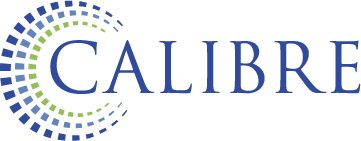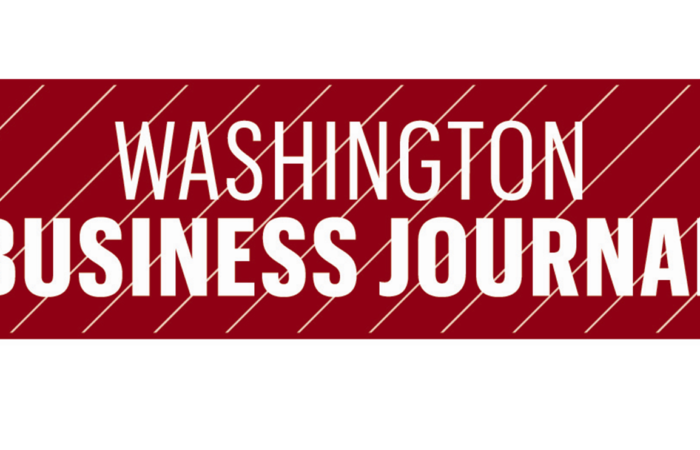In July 2015, the Financial Accounting Standards Board (FASB) issued Accounting Standards Update (ASU) 2015-12 to simplify plan accounting of investments for Defined Benefit Pension, Defined Contribution Pension, and Health and Welfare Benefit Plans. The update is effective for fiscal years beginning after December 15, 2015 (early adoption permitted) and relates to fully-benefit responsive investment contracts, plan investment disclosures, and measurement date practical expedient.
While the application of the Standard will reduce the complexity of investment reporting on the financial statements of benefit plans, it is also important to understand the investment information required to be reported on Form 5500. The following summarizes the Standard’s financial statement reporting of fully-benefit responsive investment contracts and plan investment disclosures in relation to reporting requirements for Form 5500.
Fully-Benefit Responsive Contracts – Applies to Defined Contribution Pension and Health and Welfare Benefit Plans
With the implementation of the Standard, contract value is the only required measure for fully-benefit responsive investment contracts (e.g. immediate participation guaranteed or guaranteed investment). Previously, fully benefit responsive investment contracts were reported at fair value with an adjustment to reconcile to contract value on the plan’s statement of net assets. It was determined that there was minimal benefit to reporting fully-benefit responsive investment contracts at fair value as these investments generally transact at contract value. This change is consistent with fully-benefit responsive investment contracts being reported at contract value on Form 5500’s Schedules A and H.
Indirect investments in fully-benefit responsive investment contracts, such as Stable Value Funds, should be reported at fair value. These investments are reported on Form 5500 Schedule H on the appropriate line at fair value.
Plan Investment Disclosures – Applies to DefinedBenefit Pension, Defined Contribution Pension, and Health and Welfare Benefit Plans
The Standard eliminates the requirement for a plan to disclose the following:
- Individual investments that represent 5% or more of net assets available for benefits
- Net appreciation or depreciation for investments by general type
- Disaggregate investments by nature,characteristics and risks under fair value measurements and disclosures
Also, plans will now report self-directed participant brokerage accounts as a single investment type rather than classifying these investments held by general type.
This update will reduce the amount of investment disclosures on the financial statements, but the following investment information must still be maintained for reporting on Form 5500:
- Plans are required to report on Schedule H of Form 5500 the net gain or loss by investment type for common collective trusts, pooled separate accounts, master trust investment accounts, 103-12 investment entities, and registered investment companies. Plans will still need to report the net Appreciation or depreciation, along with any other investment income, if it holds these type of investments.
- There is no separate line item on Schedule H of Form 5500 for self-directed participant investments, so these investments will need to be disaggregated for Form 5500 reporting purposes.
Measurement Date Practical Expedient
This portion of the Standard simplifies accounting for a plan with a fiscal year end (FYE) that doesn’t coincide with a calendar month end. It allows a plan to measure investments and investment-related accounts using the month end closest to its FYE and is to be applied prospectively. This will not have any change on a Plan’s Form 5500 filing as the investment fair values from the audited financial statements will correspond to those used in the Form 5500 filing.
If you have any questions regarding the implementation of this Standard or Form 5500 reporting, please contact us.
By: Aaron K. Plath, CPA | Manager




